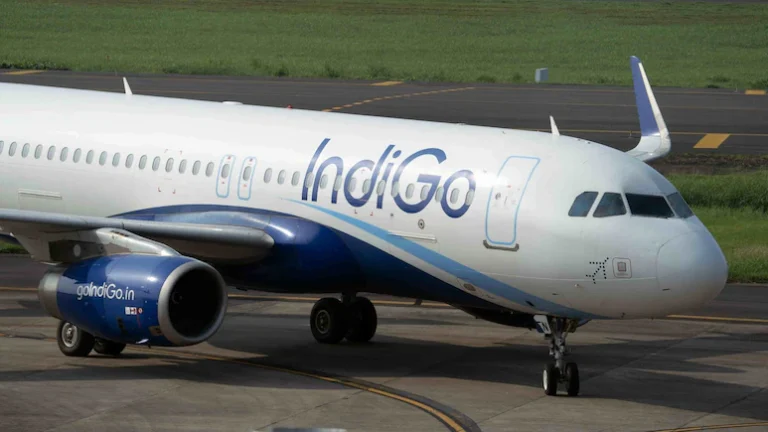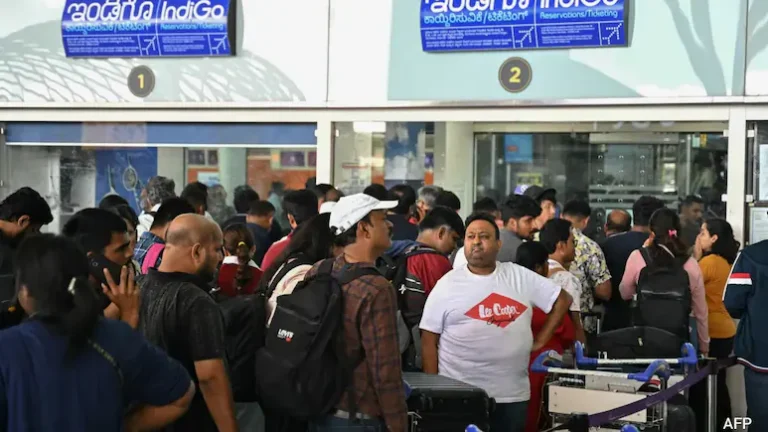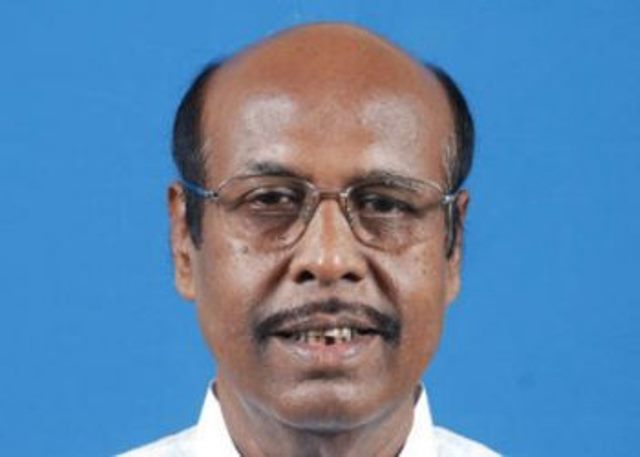India on Tuesday unveiled a fully indigenous 32-bit microprocessor – ‘Vikram‘, that has been developed by, and for, the Indian Space Research Organisation – at a semiconductor industry event in Delhi.
At the event Prime Minister Narendra Modi, fresh from China and the Shanghai Cooperation Organisation, called microprocessors ‘digital diamonds’. “If the last century was shaped by oil, this is by a small chip,” he said, emphasising the importance of these miniature powerhouses of computing.The Prime Minister was, if anything, underplaying the significance of microprocessors in a world dominated by the digital, a world in which everything – from the watch on your wrist and the car in your garage to the life-saving medical equipment at hospitals – relies on microchips.
Nearly every modern electronic item needs microchips, and India is positioning itself to be a key player in this space, competing against Taiwan, China, South Korea, and the United States.
Pitching for increased global investment in India’s nascent semiconductor and microprocessor industry – worth an estimated $50 billion today and projected to cross $100 billion by 2030 – the Prime Minister declared, “The world is ready to build the semiconductor future with India.”
Sources told NDTV that explosion has already begun; $18 billion is to be invested across 10 fabrication facilities and, simultaneously, the government is building a ‘comprehensive ecosystem’ for the design and development, manufacturing, and packaging of microchips.
India’s ‘Vikram’ Microprocessor
India’s first fully home-made chip is a 32-bit microprocessor with a custom instruction set architecture.
This means it can handle 32 bits of data at a time and can be programmed – i.e., the instruction set architecture, or ISA – to understand and execute a wide variety of orders.




